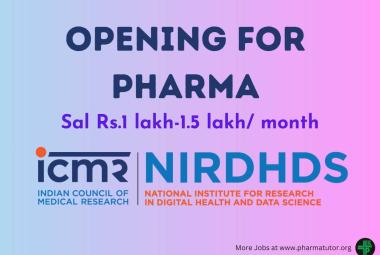High coronary artery calcium score a measure of arterial ageing puts people at greater risk not only for heart and vascular disease but also for non-cardiovascular diseases such as cancer, chronic kidney disease and lung diseases, says a study.
[adsense:336x280:8701650588]
The findings are based on a 10-year follow-up study of more than 6,000 people who underwent heart CT scans.
"Plaque in the arteries is the result of cumulative damage and inflammation, and vulnerability to injury and chronic inflammation likely contributes to diseases like cancer, kidney and lung diseases, as well as cardiovascular disease,” said one of the researchers Michael Blaha, assistant professor of medicine at the Johns Hopkins University School of Medicine in the US.
"So it makes sense that the coronary calcium score is predictive of non-cardiovascular diseases too,” Blaha noted.
The findings appeared in the Journal of the American College of Cardiology.
"The reason the coronary calcium score may work so well at identifying vulnerability to a variety of chronic diseases is because it is a direct measurement of the cumulative effect of all risk factors, rather than a consideration of a single risk factor, like obesity, smoking or high blood pressure," Blaha said.
Heart CT scans quickly and automatically measure how much and how dense the levels of the mineral are in the blood vessels that nourish the heart's arteries.
The 6,814 participants in the study, ages 45 to 84, were free of cardiovascular disease at the time of an initial heart CT scan and coronary calcium score calculation.
[adsense:468x15:2204050025]
Over 10 years, until 2012, participants underwent follow-up visits at least once a year to review new diagnoses through hospital and death records.
After 10 years, of the 6,814 original participants, 1,238 were diagnosed with a non-cardiovascular disease, including prostate, lung, gastrointestinal/colon, breast, skin, blood and uterine/ovarian cancers, kidney disease, pneumonia, a blood clot, lung disease, dementia, and hip fracture.
Of those participants with coronary calcium scores over 400, 36.9 percent of participants were diagnosed with a non-cardiovascular disease, compared to 11 percent of participants with no coronary artery calcium.IANS









